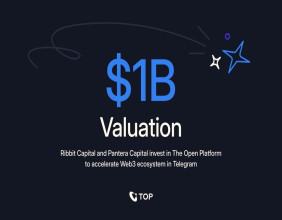Highlights:
- Involves the sale of securities before they are officially issued.
- Acts as a pre-indicator of market demand for new securities.
- Primarily conducted by firms outside the underwriting syndicate.
The gray market refers to a trading environment where securities are bought and sold before their official public issuance. Unlike the primary market, where the underwriting syndicate handles the sale directly to institutional investors, the gray market involves transactions outside of this circle. Securities involved in such trades have not yet been officially released or listed for the general public.
This type of market provides a significant signal regarding the market’s appetite and the expected price of a new security. It often occurs when a company plans an Initial Public Offering (IPO) or a new bond issuance. Investors in the gray market engage in speculative buying or selling of these securities, with the anticipation that they will become publicly available at a later stage, typically at a price influenced by the demand seen in the gray market.
The gray market serves as a barometer of the demand for new securities. For example, if there is substantial trading activity and high prices in the gray market, it signals that investors expect strong performance in the official public release. On the other hand, if the market sees little activity or prices remain low, it could suggest a lack of investor confidence or lukewarm demand for the upcoming securities.
While beneficial for gauging market sentiment, gray market trading does come with its risks. Since the transactions are unofficial and not regulated by the official stock exchanges or underwriting entities, buyers may face higher risks in terms of liquidity and pricing volatility. In some cases, it may even lead to the development of artificial price movements that don't reflect the true long-term value of the security once it enters the official market.
Conclusion:
The gray market plays an essential role in providing insight into investor sentiment before new securities are officially listed. While it helps gauge demand and market expectations, it carries risks due to its unofficial and speculative nature. Investors and firms alike should be cautious in interpreting gray market trends and consider them in conjunction with other market indicators.
_02_17_2025_08_26_31_561617.jpg)




